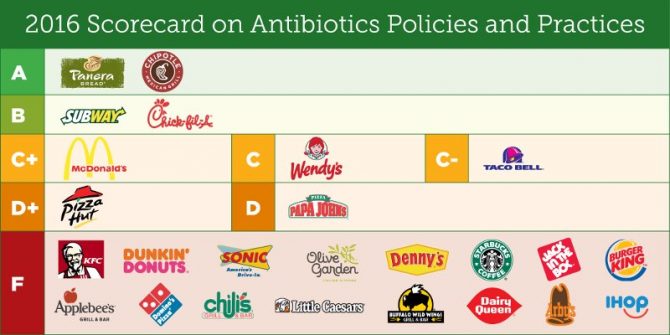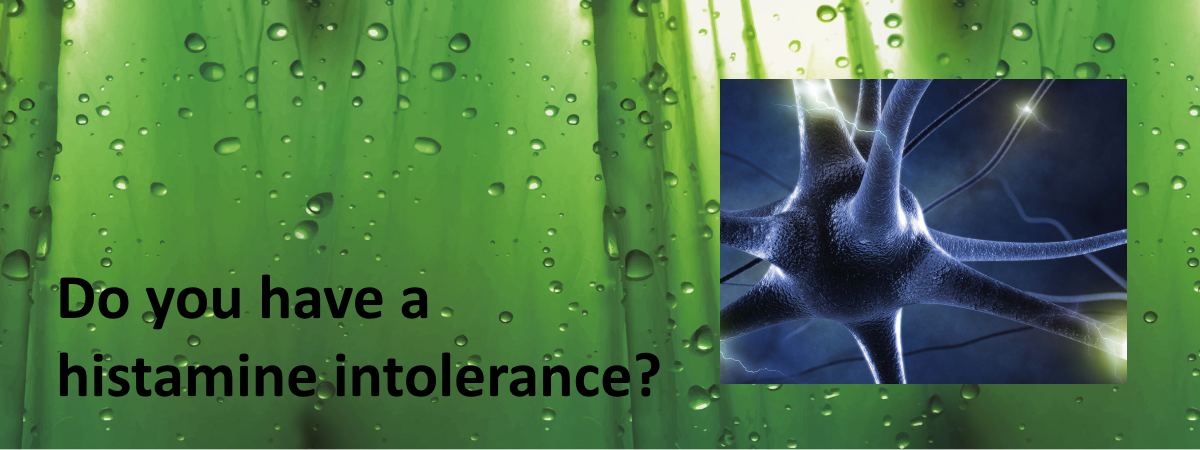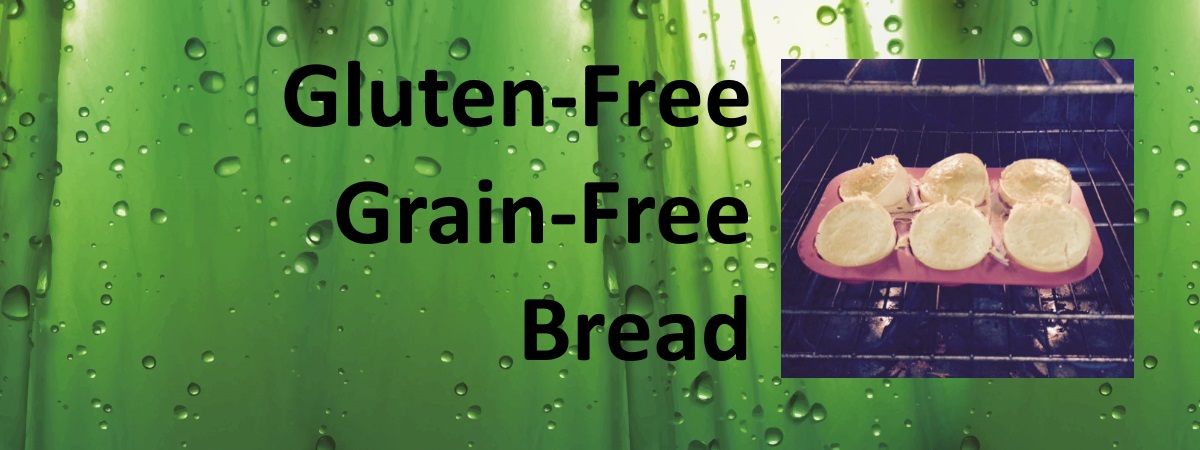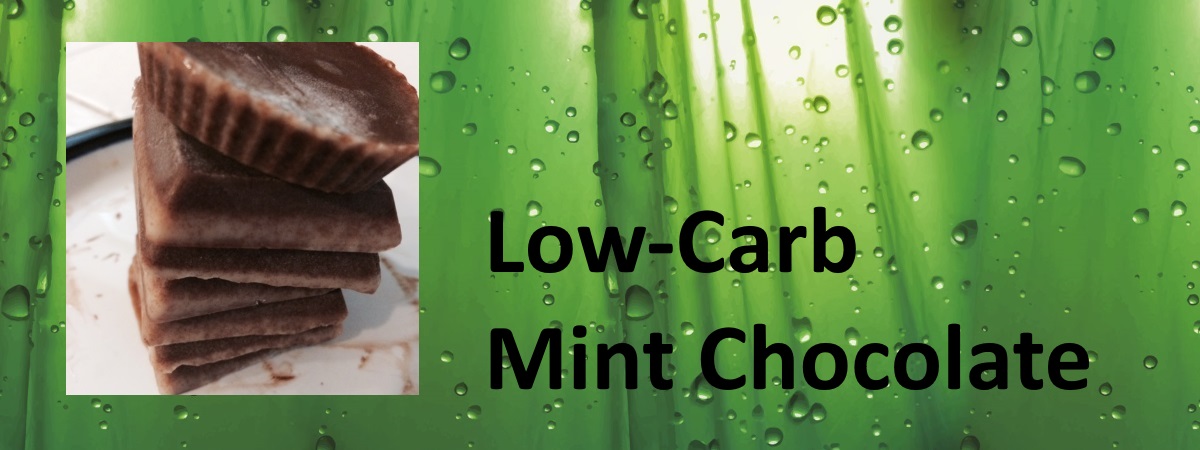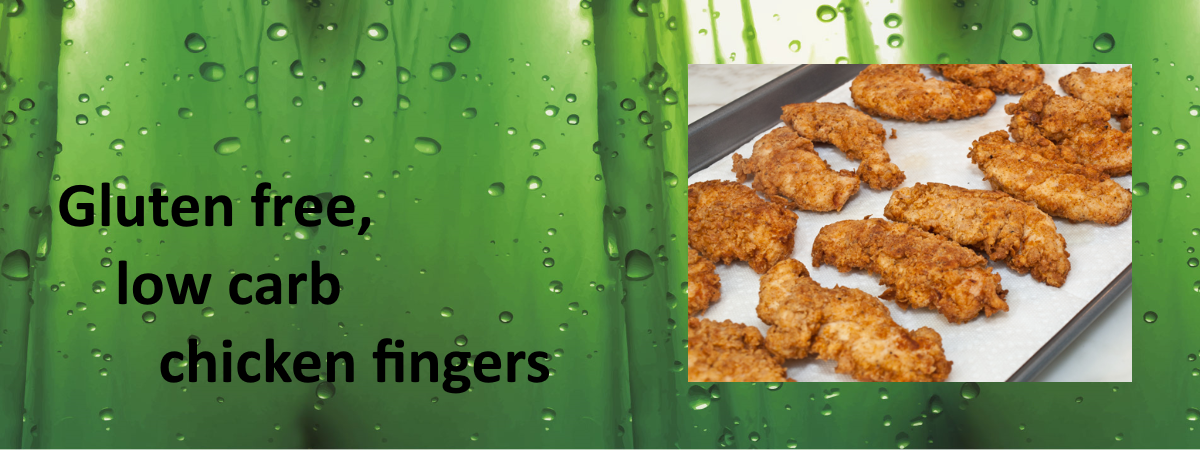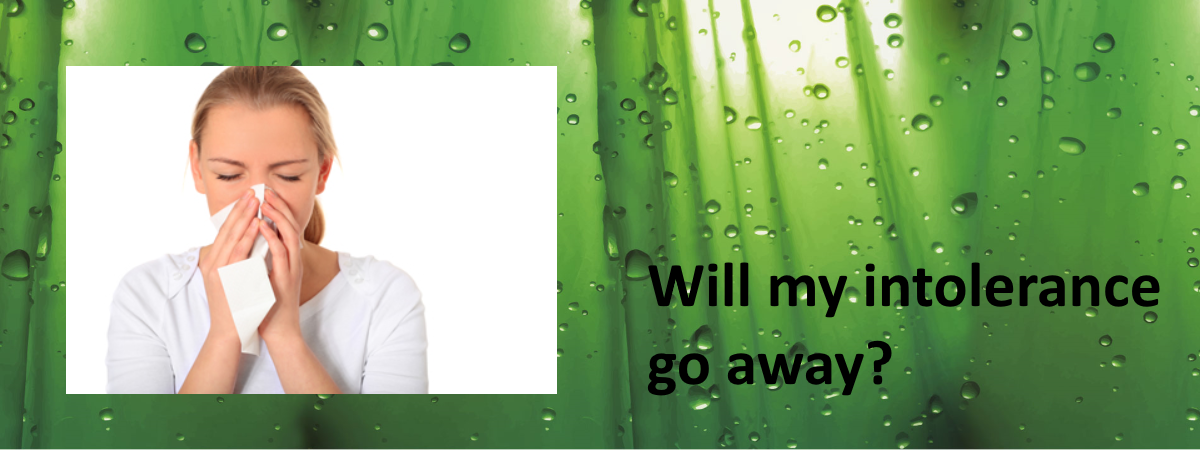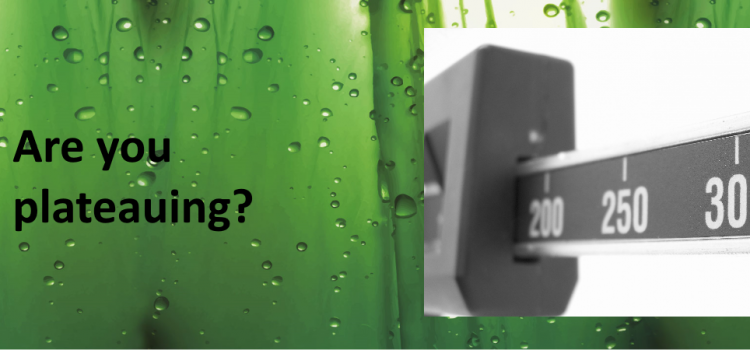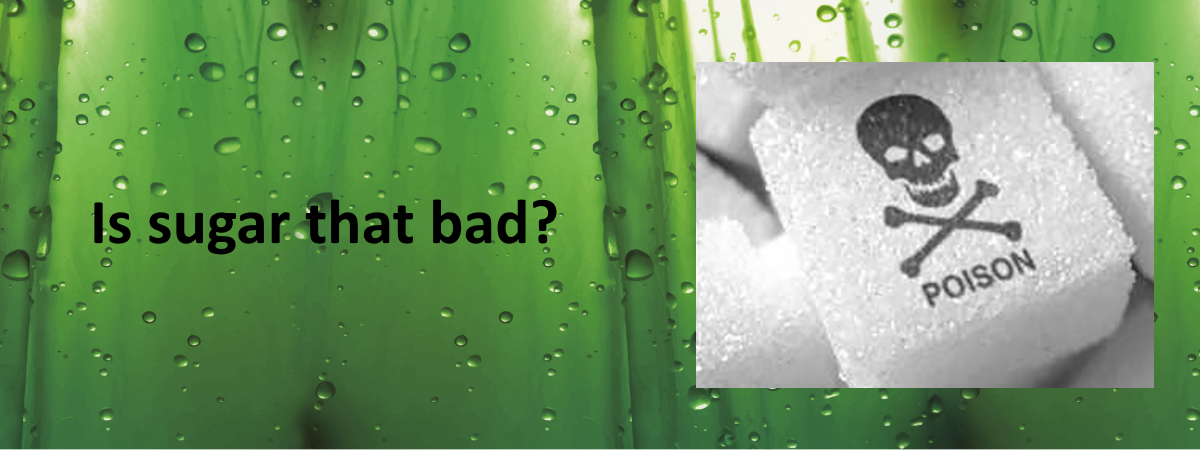According to the National Institute of Environmental Health Sciences (NIEHS), electric and magnetic fields (EMFs) are invisible areas of energy, which are often referred to as radiation. This radiation is typically associated with the use of electrical power and various forms of natural and artificial lighting. There are also natural EMFs emitted by everything around us, including the sun and earth itself. Even plants, animals, and human bodies emit EMFs.
EMFs are typically grouped into one of two categories by their frequency.
- Ionizing: high-level radiation which has the potential for cellular and DNA damage. The level of danger of ionizing radiation is measured by the amount of heat it generates.
- The other type is Non-Ionizing. NIEHS claims that non-ionizing radiation is low-level and is generally perceived as harmless to humans because it does not generate heat.
In the United States, most government and private organizations that study Non-Ionizing EMF radiation (sometimes referred to as Extremely Low Frequency or ELF) don’t believe that this radiation is harmful.
The American Cancer Society, for example, says that “evidence is LIMITED” or “inadequate” to prove its link to cancers.
However, ff you read these studies carefully, you will find that there IS evidence that this type of low-level radiation does weaken the cell walls and cause other damage over time. Higher frequency Ionizing radiation causes immediate damage to cells.
Many scientific studies suggest that the first effect of the eddy currents is to generate small alternating voltages across the cell membranes, which increase their permeability.
This can have serious metabolic consequences as unwanted substances diffuse into and out of cells unhindered, and materials in different parts of the cell, that should be kept separate, become mixed. But how do these tiny alternating voltages increase membrane permeability?
The answer lies in their ability to remove calcium ions from the membrane surface. We have known since the work of Suzanne Bawin and her co‐workers that electromagnetic radiation that is far too weak to cause significant heating can nevertheless remove
A large group of scientists from 40 different countries has written an extensive report to the European Union called “the EMF Scientists Appeal.” The report warns EU officials of the health risks associated with 5G and details how current regulatory standards don’t protect against them. Some of those concerns are outlined in their appeal.
”Numerous recent scientific publications have shown that EMF affects living organisms at levels well below most international and national guidelines.”
According to these scientists, the effects of 5G include “increased cancer risk, cellular stress, increase in harmful free radicals, genetic damages, structural and functional changes of the reproductive system, learning and memory deficits, neurological disorders, and negative impacts on general well-being in humans.”
These issues would not only affect the human race but plants and animals as well.
Brussels has become the first city to halt the 5G rollout over health concerns.
“I cannot welcome such technology if the radiation standards, which must protect the citizen, are not respected, 5G or not, The people of Brussels are not guinea pigs whose health I can sell at a profit. We cannot leave anything to doubt,”
During a U.S. Senate Commerce hearing, Senator Richard Blumenthal criticized the FCC and FDA for the lack of information about the dangers of 5G. During the hearing, he was told that there have been NO INDUSTRY STUDIES of the health effects of 5G. (Oddly, the video of the exchange has been scrubbed from the Senate archive, you can read Blumenthal’s statement here and see the dead link to the video yourself.)
How can you protect yourself from EMF radiation?
Reduce the amount of sources.
Reduce the time of exposure.
Increase your distance from sources.
Use a Radiation Shield.
Boost your immunity to radiation.
Make Your Bedroom A Faraday Box
We spend half of our lives sleeping. Many times, we have our cell phones, laptops, or tablets sitting on our nightstand just a few inches from our heads. If your wireless router is in your bedroom, that too increases the amount of radiation. If you live in a building that has cell towers on the roof, your exposure is also increased.
Leave your cellphone and devices outside of your bedroom or put them in a faraday bag. If you must have your phone nearby to receive emergency phone calls, then leave it across the room where it isn’t so close to your body as you sleep. Move any other non-essential devices like wireless routers outside of your bedroom.
If you really want to cut out the amount of ambient EMF’s, there are commercially available EMF blocking paint. Painting your room will block outside fields. If you paint the perimeter of your house or apartment it will also decrease the danger of outsiders hacking your wifi network. In this situation, I recommend turning off your wifi while you sleep. EMF blocking paint will also protect you from the wiring inside your wall that might be right behind your head.
PEMF technology, which we offer here at the office, is a great way to recharge your batteries and protect your cells.
Cellular Effects of PEMF
- Improves Intercellular Fluid and Blood Flow
- Stimulates the Production of ATP
- Increases Cellular Energy Levels
- Increases Cellular Oxygen Levels
- Promotes Cellular Healing
- Stimulates Inter-Cellular Communication
- Stimulates Electron Transport In Cells
Biological Effects of PEMF
- Significant Pain Relief
- Accelerates Tissue Repair
- Accelerates Cell Growth
- Increased Blood and Lymph Flow
- Promotes Faster Healing of Injuries
- Reduces Fibrous Tissue Formation
- Reduces Swelling and Inflammation
- Stimulates The Release of Endorphins
PEMF works to
- Reduce pain and the effects of stress on the body
- Reduce chronic inflammation
- Improve energy, circulation, blood and tissue oxygenation, sleep quality, blood pressure, and cholesterol levels, the uptake of nutrients, cellular detoxification and the ability to regenerate cells
- Balance the immune system and stimulate RNA and DNA
- Accelerate repair of bone and soft tissue
- Relax muscles
- Reduce stress
Last but certainly not least, one of the best ways to protect yourself is to boost your immunity.
This is a short list of foods and supplements that will fortify your endocrine and immune systems to protect you from and help repair cell damage caused by radiation.
Cabbage, Cauliflower, Bok Choy, Kale and Apples
Coconut Oil
Aloe Vera
Artichokes, Asparagus, Whey Protein
Garlic, Onion, Leeks, Shallots, and Chives
Turmeric and Green Tea
Kelp
Brazil Nuts, Sunflower Seeds, and Barley
Hope this helps. If you have any questions, write them in the comment section 😊
God bless y’all 😊
Dr. Serge

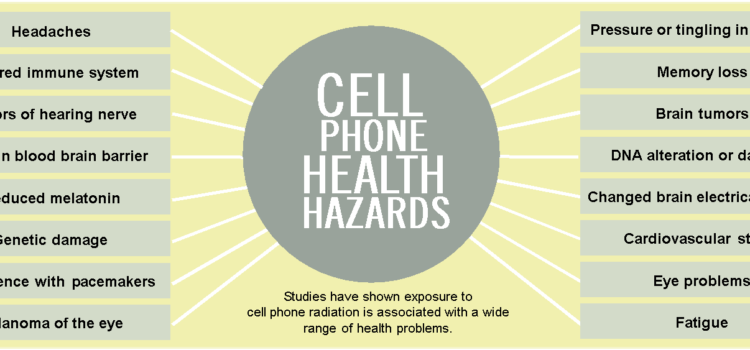
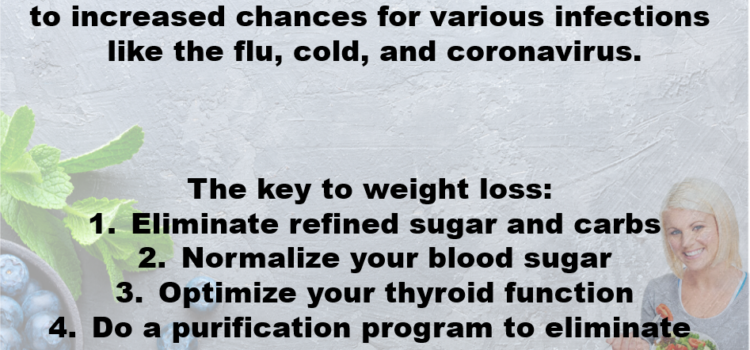
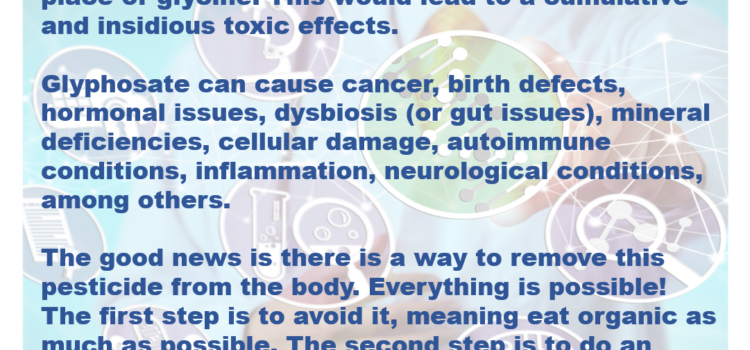


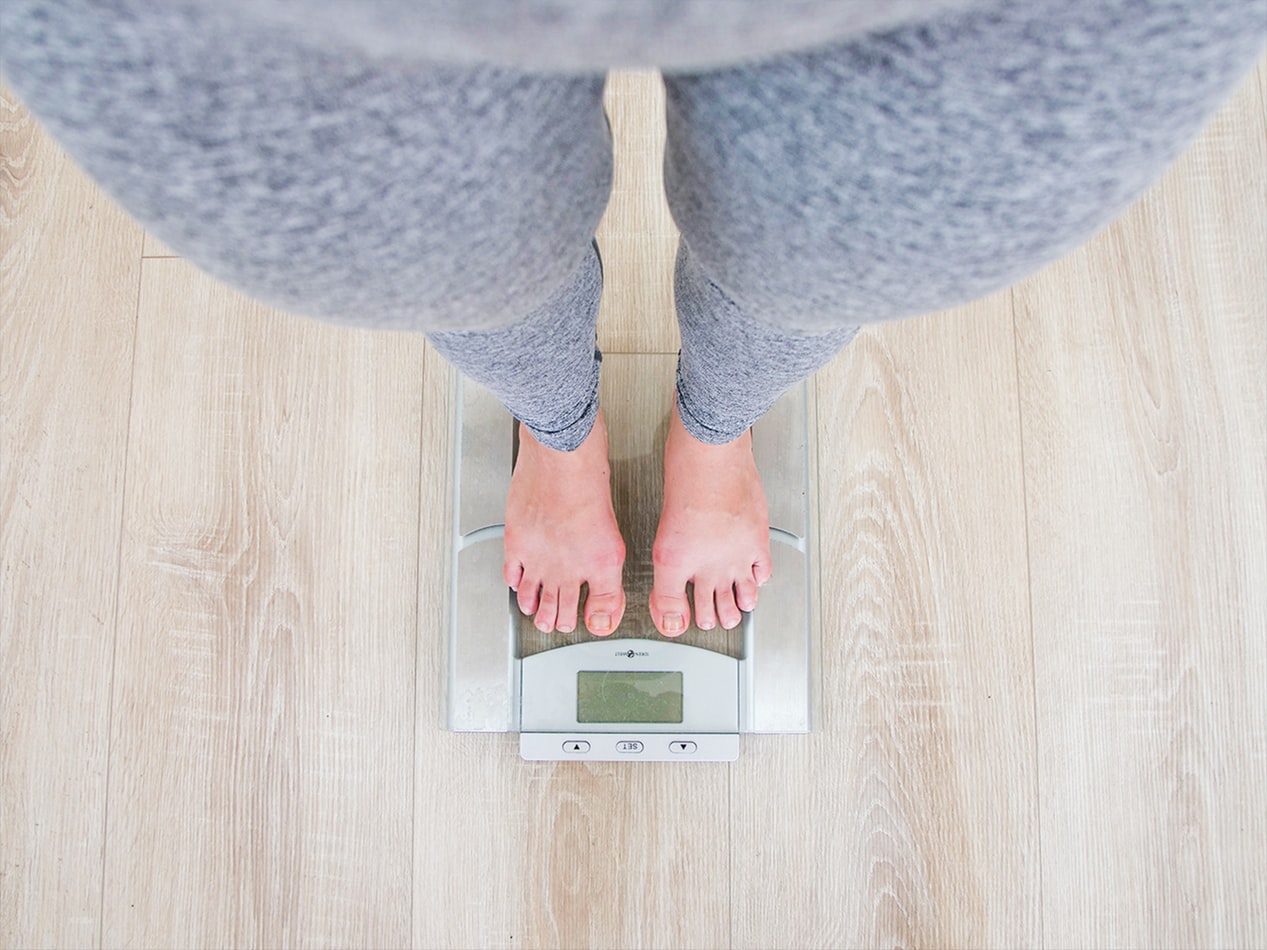
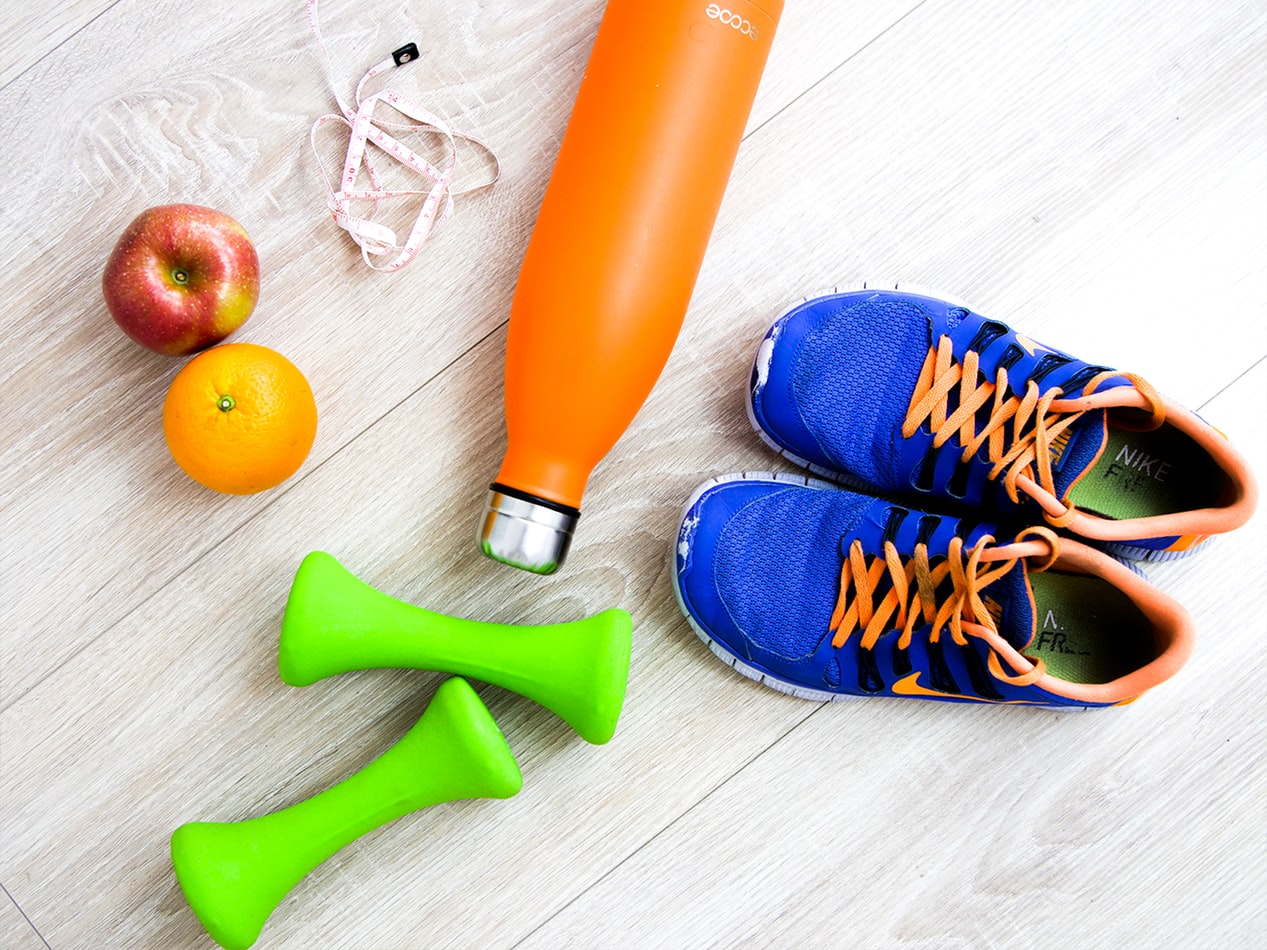

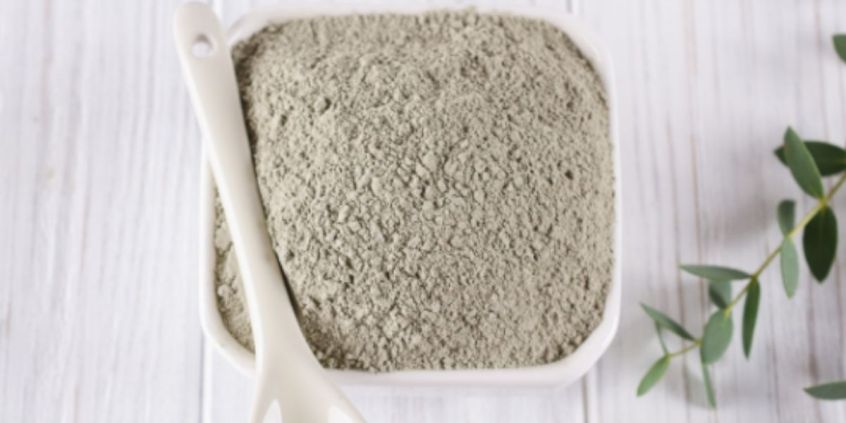
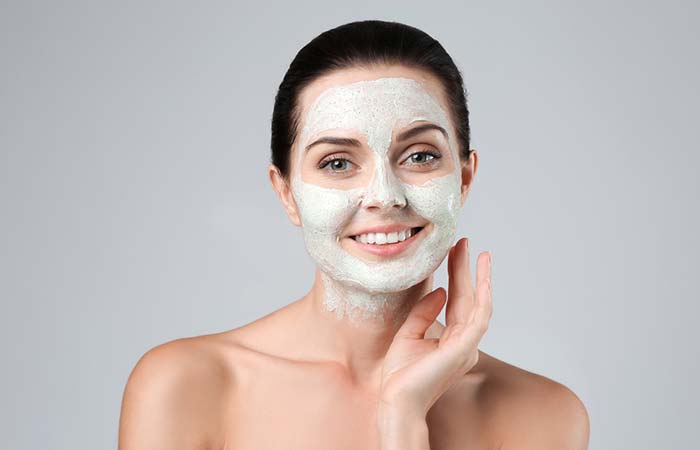
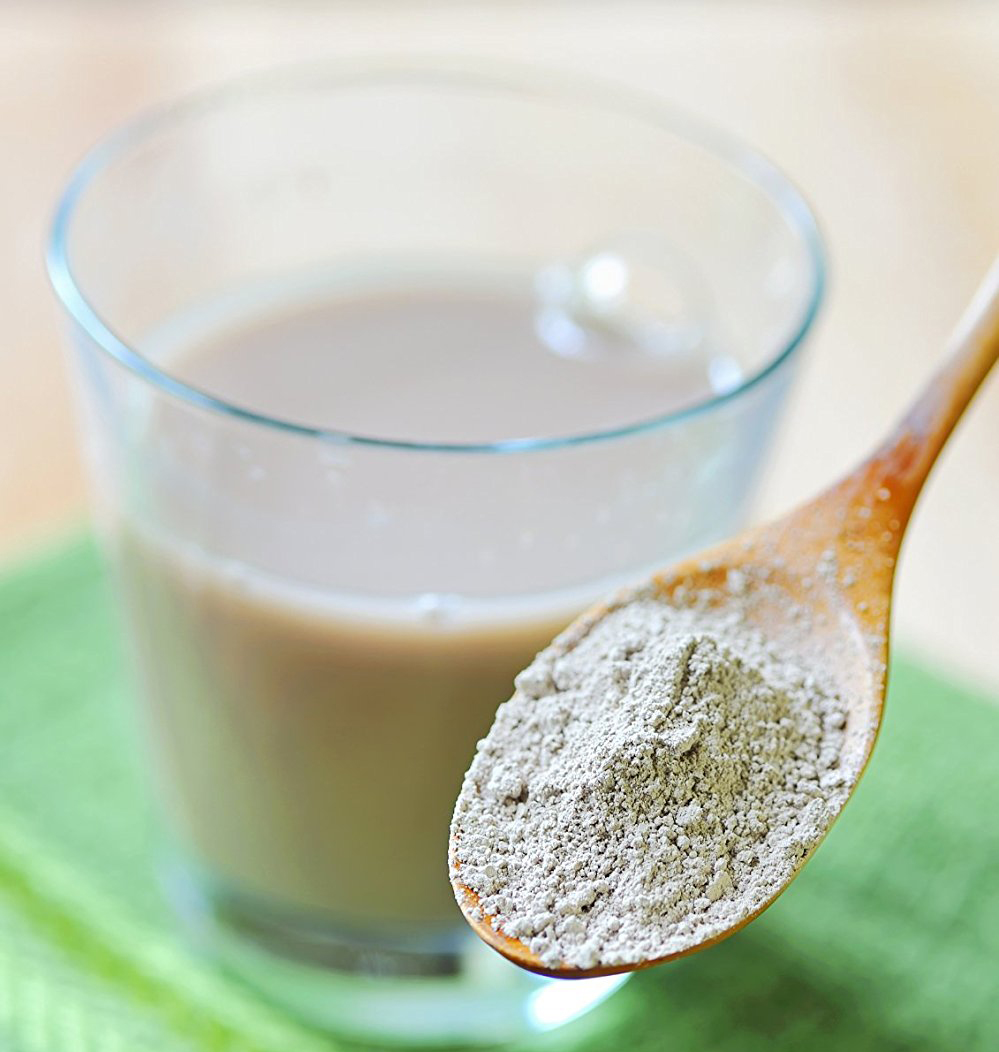



 photo credit: Foxy's Forest
photo credit: Foxy's Forest





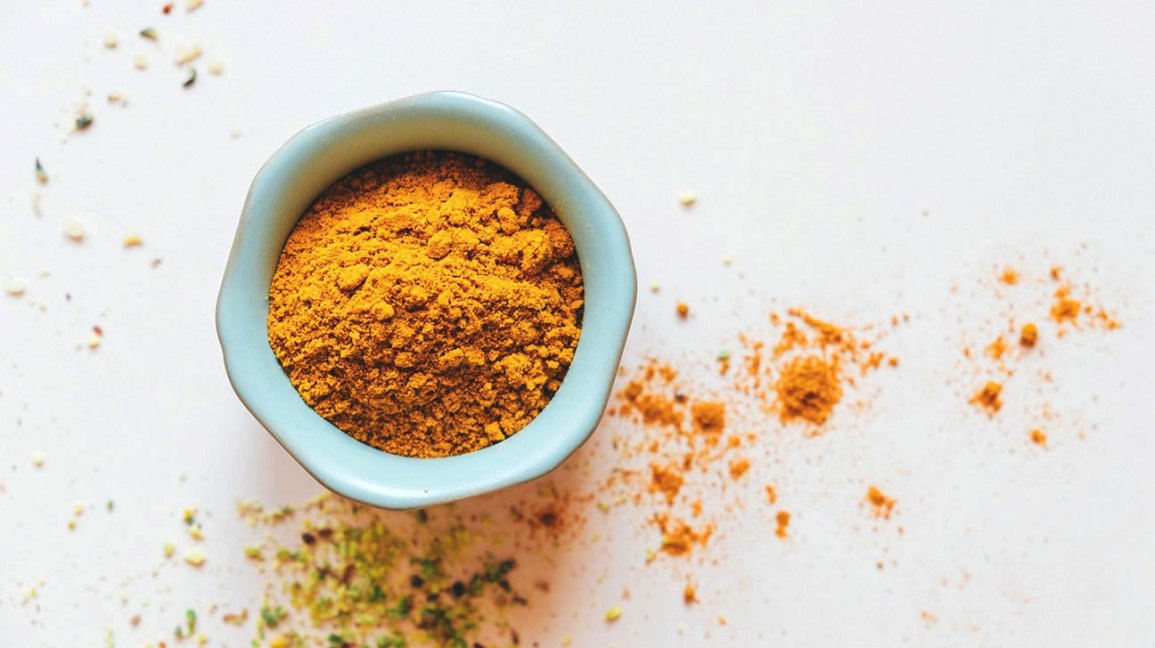
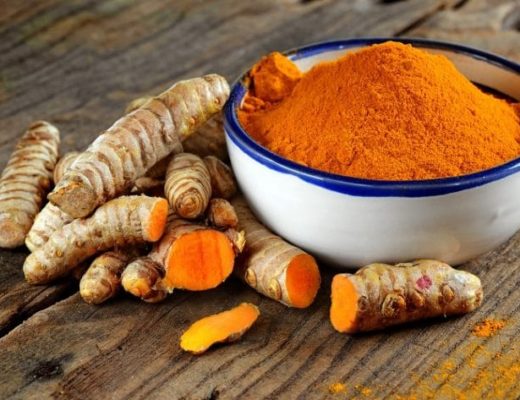








.jpg)









